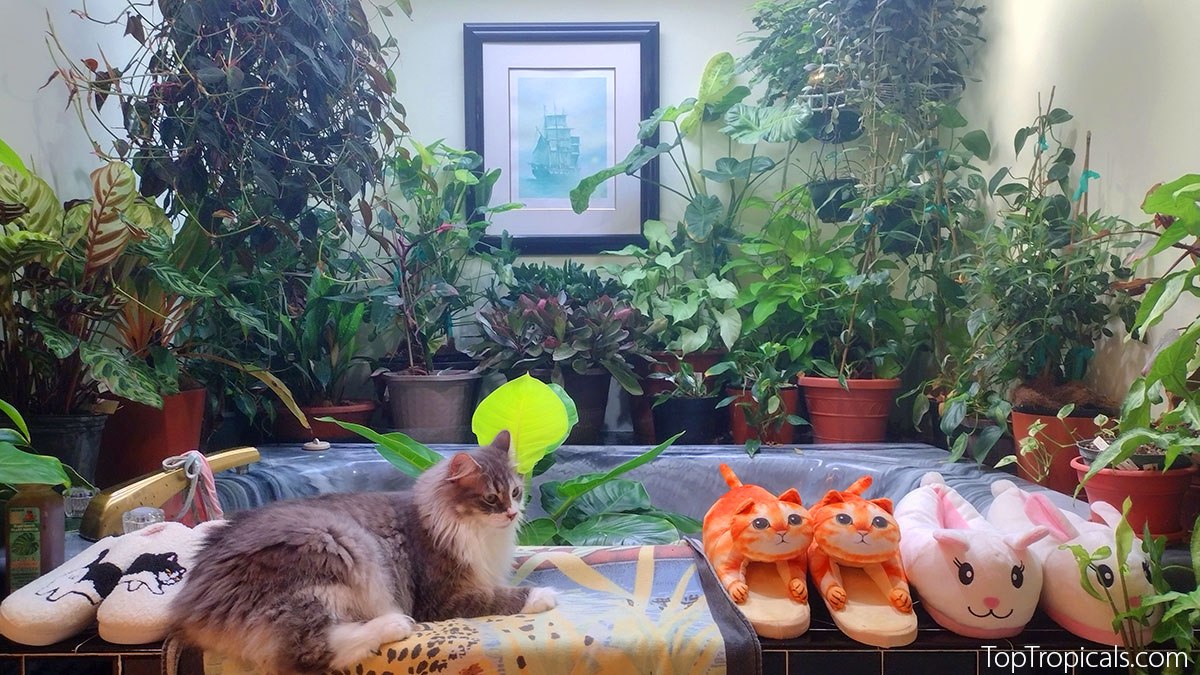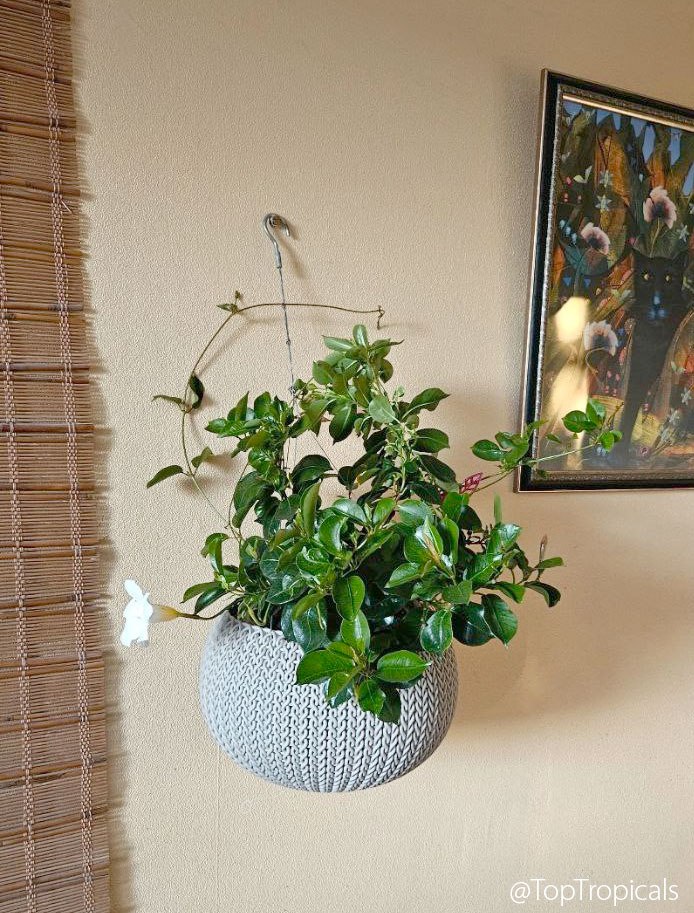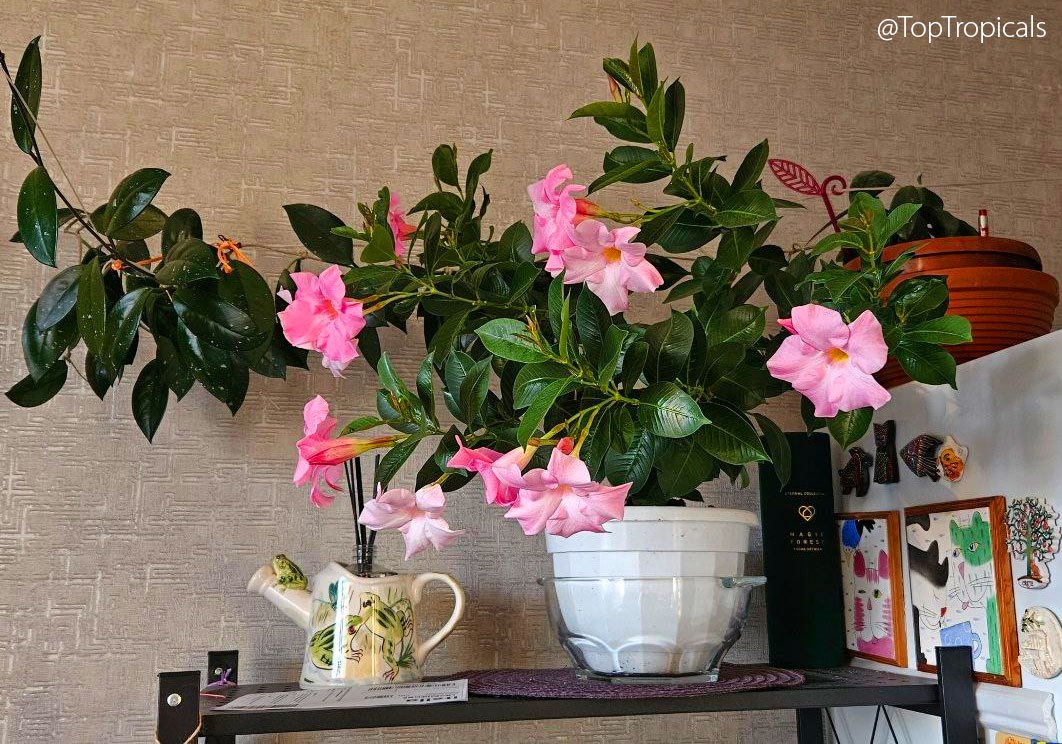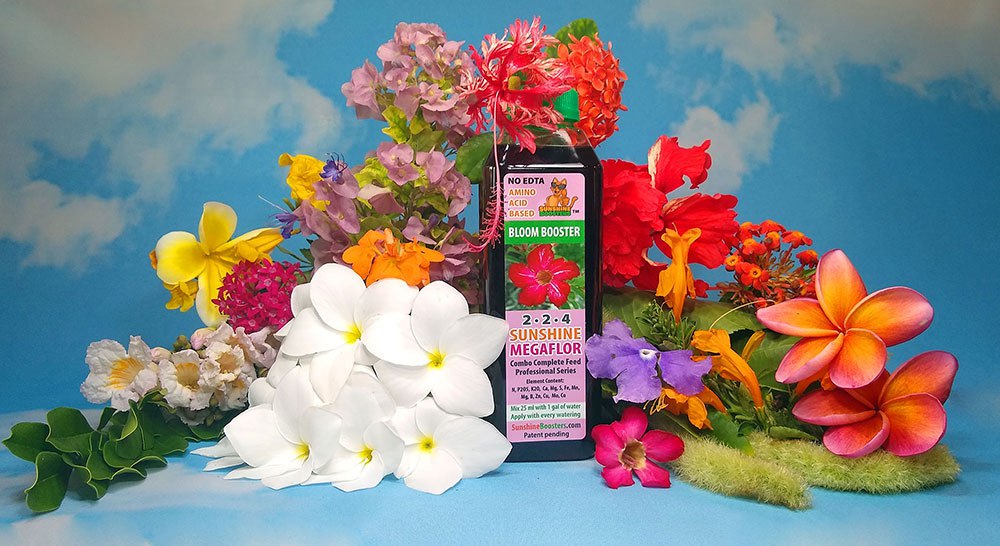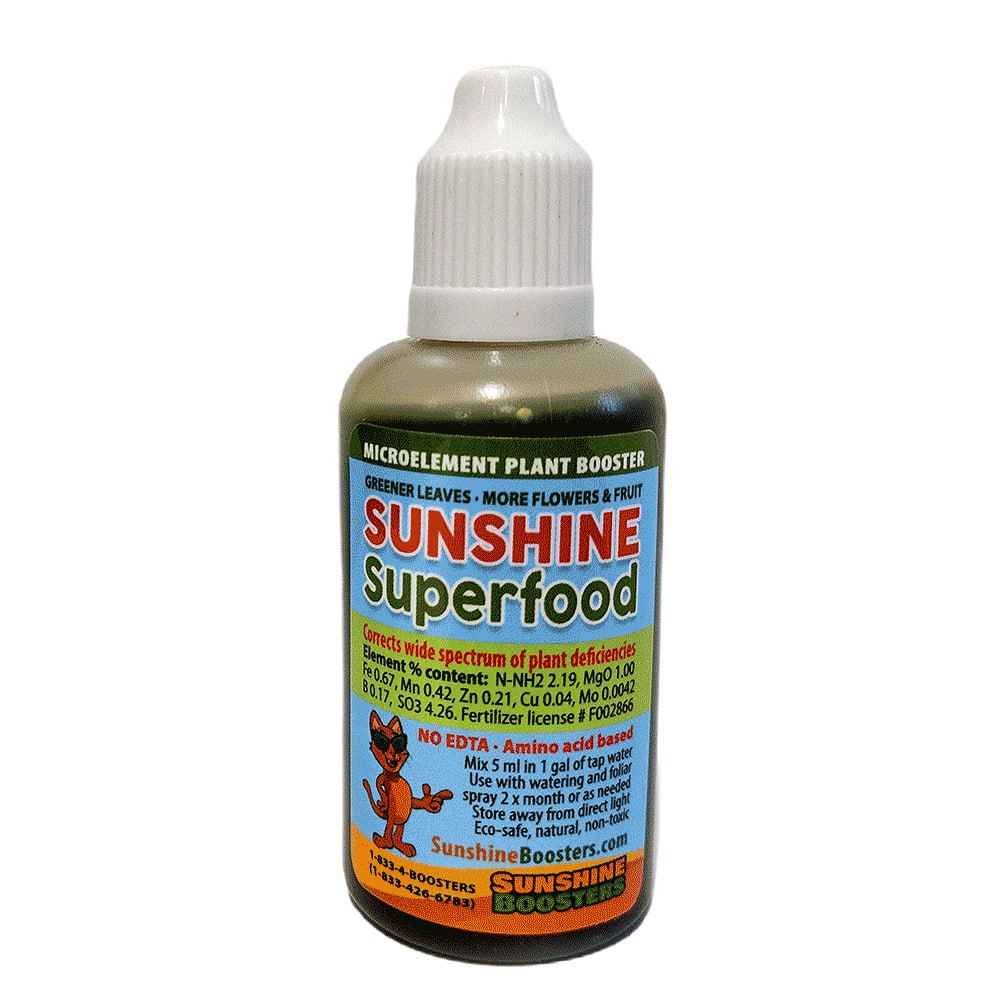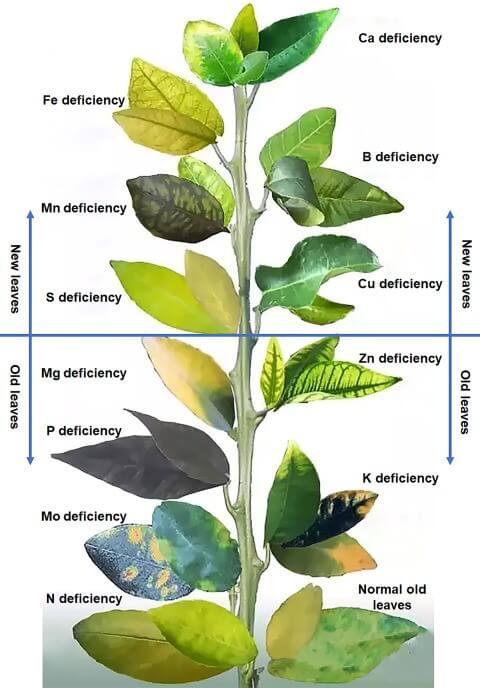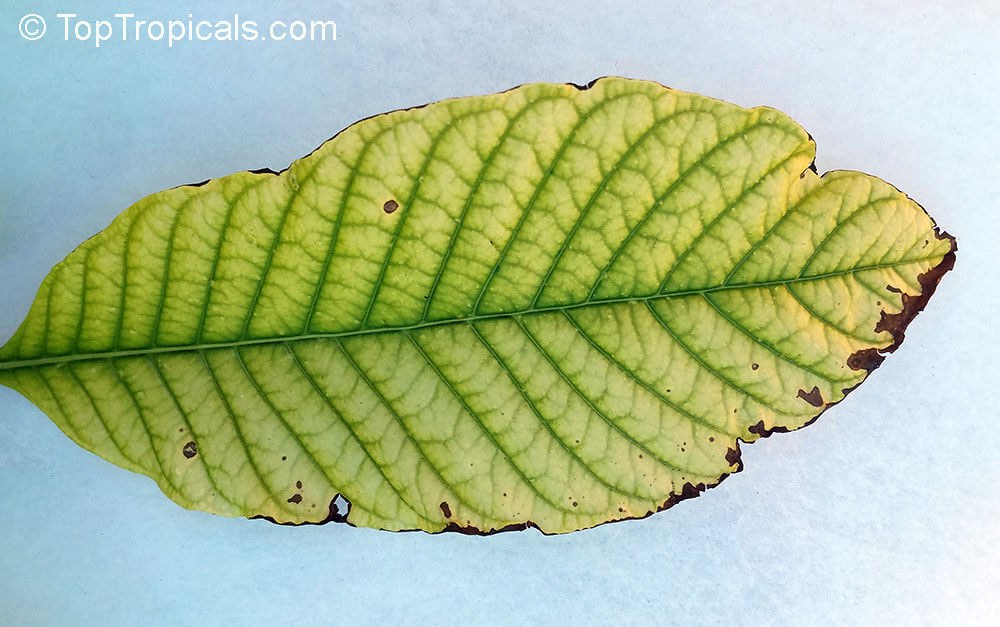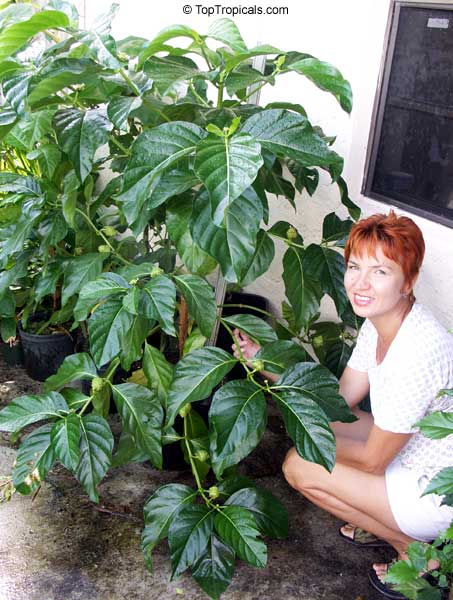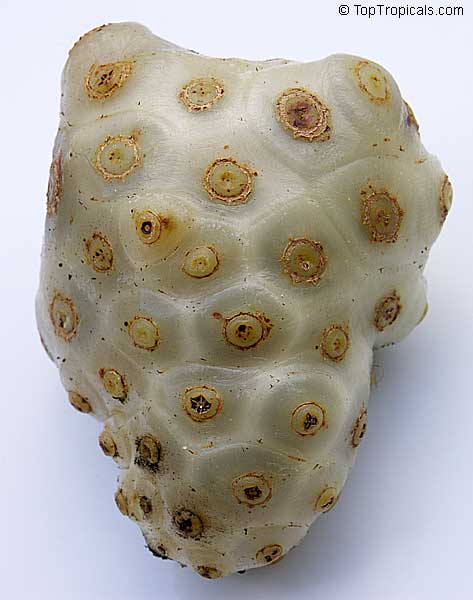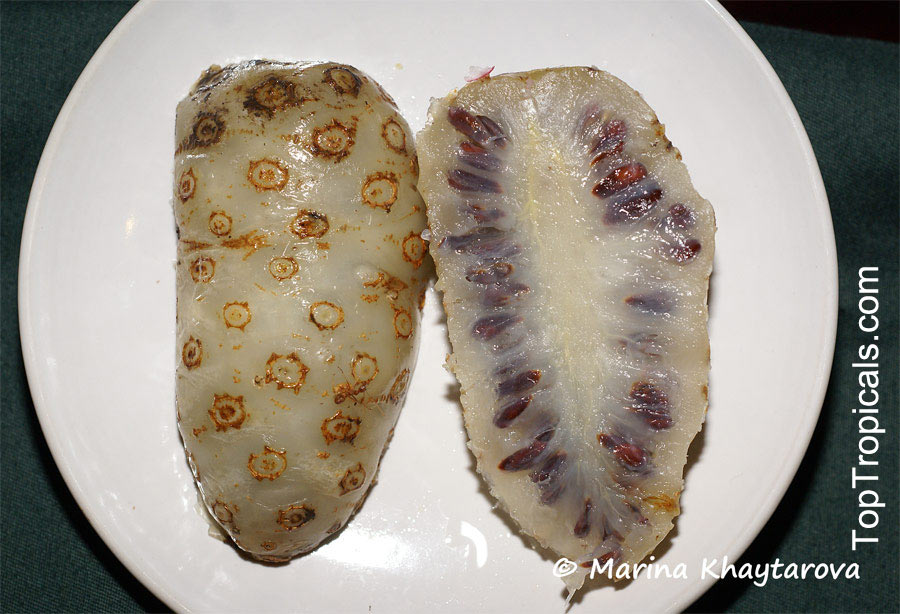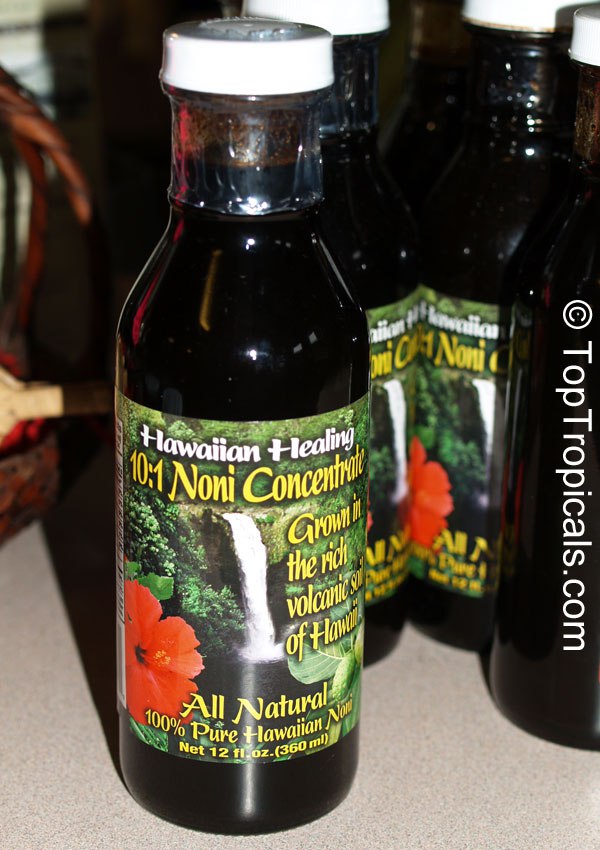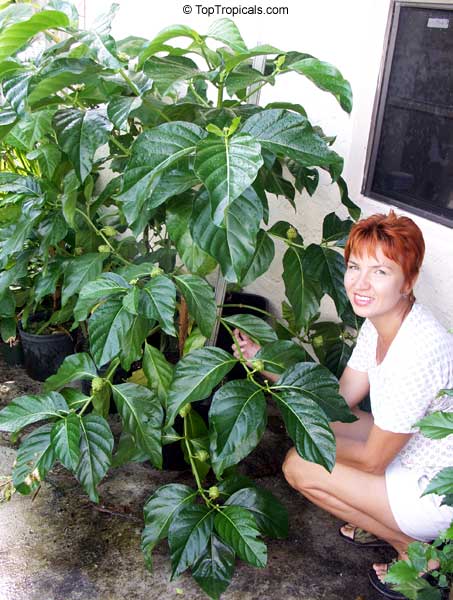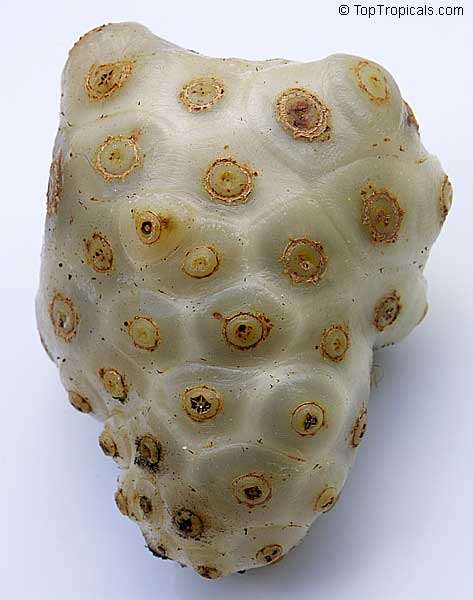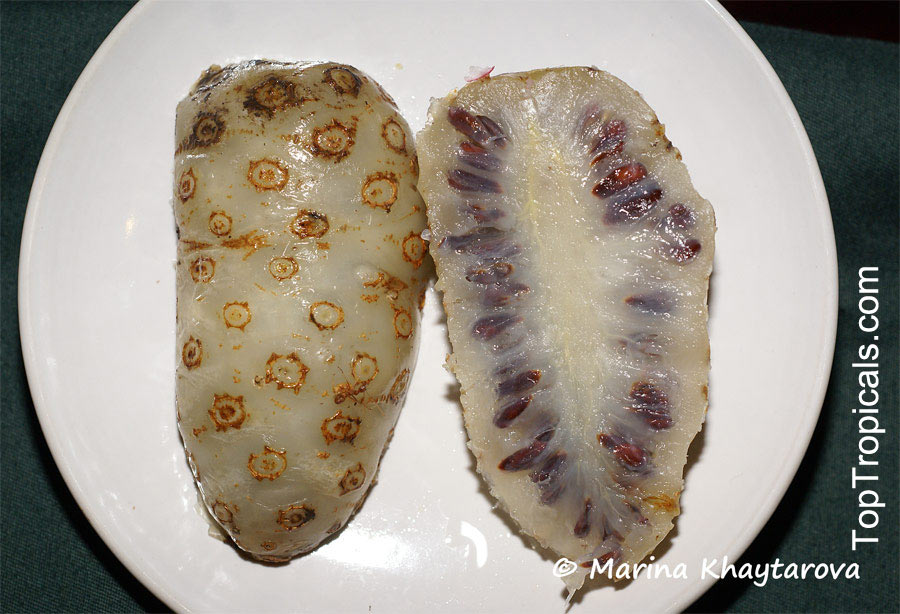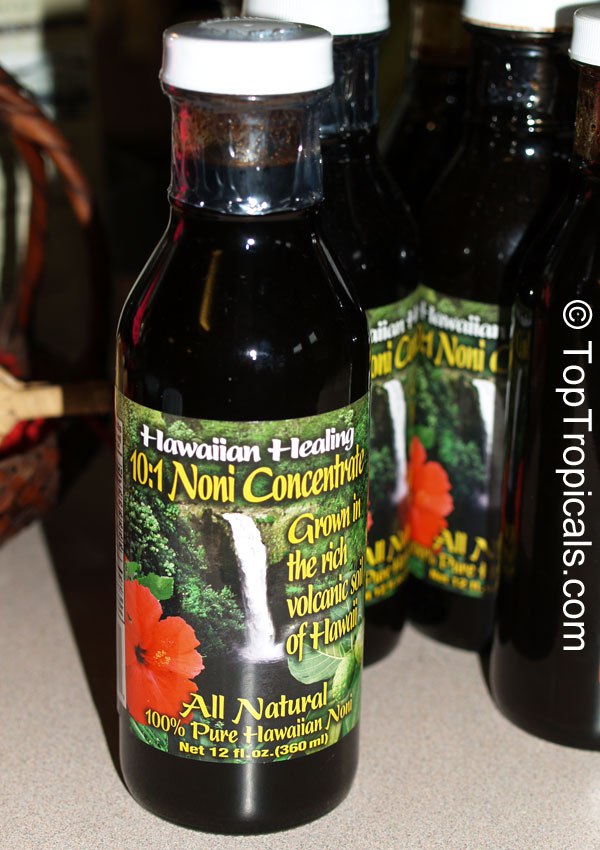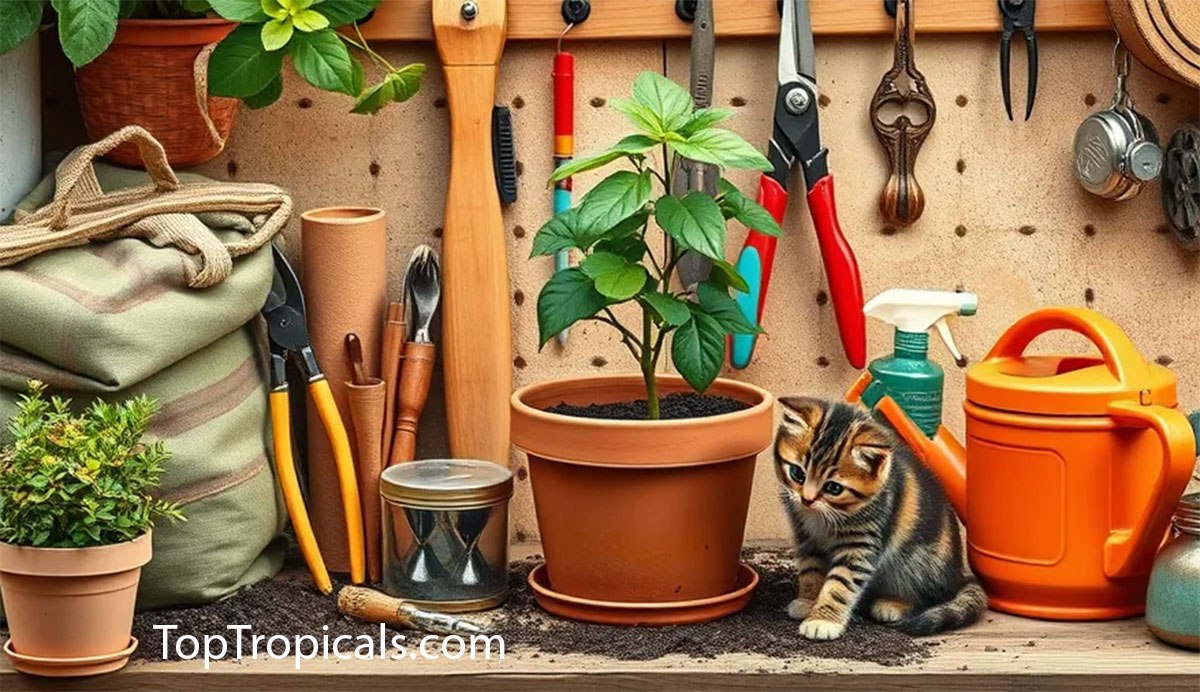How much water is too much?

💧 How much water is too much?
🌴 "Always over-water your plants: just improve their soil drainage!" - Murray Corman, horticulturist, rare tropical fruit tree expert.
Read full article.
👍 What makes an issue for you? Over water or forgetting to water? Share in comments⬇️
📚 Learn more about potting soil
🛒 Shop soil mixes
#How_to
🔴 Join 👉 TopTropicals
🌴 "Always over-water your plants: just improve their soil drainage!" - Murray Corman, horticulturist, rare tropical fruit tree expert.
🐸 One of the most common challenges in tropical plant care, including houseplants, is overwatering, particularly in container gardening. So, how much water is too much?
🐸 Surprisingly, water itself isn't harmful to plants, no matter how generous your watering is. The real issue is poor drainage, which leads to stagnation and bacterial buildup, ultimately causing root rot.
🐸 If you've traveled to places like Hawaii or explored tropical jungles, you might have noticed plants thriving between rocks with minimal soil, receiving a near-constant fine mist of rain. Conversely, swamps support very few trees - only bog or water plants adapted to wet conditions can survive there. The lesson? It's not the water, it's the growing medium!
🐸 The Solution: For potted plants, always use a high-quality potting mix with excellent drainage properties. This should include ample "soil conditioners" such as perlite, vermiculite, and pine bark. At our nursery, we use a professional soil mix called Abundance.
Read full article.
👍 What makes an issue for you? Over water or forgetting to water? Share in comments⬇️
📚 Learn more about potting soil
🛒 Shop soil mixes
#How_to
🔴 Join 👉 TopTropicals
